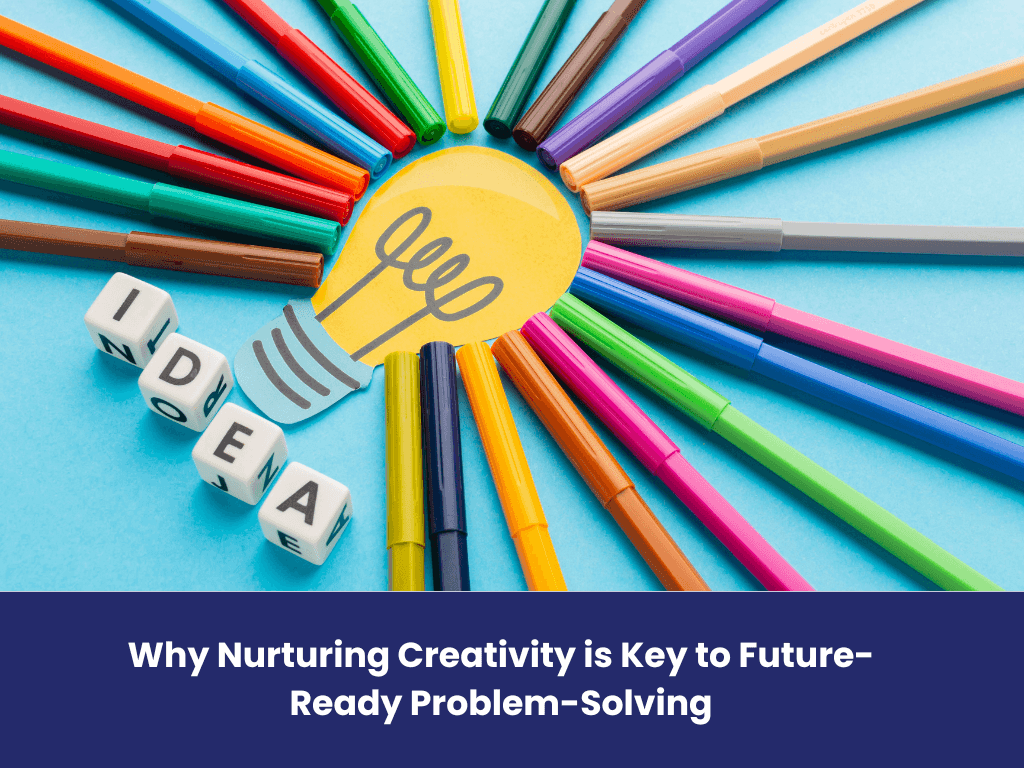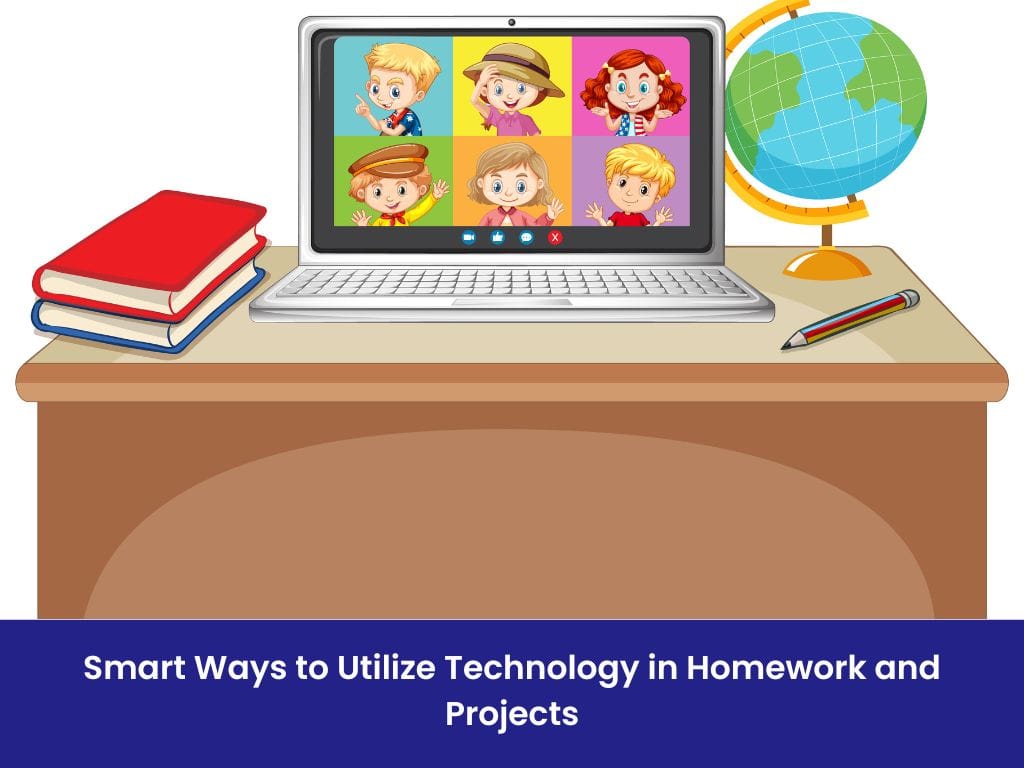Noise, Light, and Space: Creating the Ideal Learning Environment
Introduction
Step into any well-designed classroom, and you will instantly know if learning will thrive there. Is it calm or chaotic? Light or dark? Spacious or cramped? These subtle yet powerful messages—noise, light, and space—shape a child’s ability to focus, relate, and thrive. Since we tend to focus on curriculum, technology, or instruction when we talk about education reform, the physical learning space is equally significant.
This is a blog on how to control noise, optimize light, and organize classroom space to significantly enhance students’ performance and health.
The Science of the Learning Environment
Before we get into the individual components, the overall picture must be understood. Research on environmental psychology and educational neuroscience informs us that physical environments influence cognitive development, memory, behavior, and even motivation. That is, students perform better in peaceful, well-lit, and well-designed environments.
Let’s break it down.
1. Noise: The Invisible Distraction
Noise is probably the most underestimated barrier to learning spaces. Whether it’s the cacophony of a full corridor of individuals chattering, traffic outside the building itself, or even buzzing electronics, ambient noise can seriously impair concentration, particularly in kids.
The Impact of Noise:
- Cognitive Overload: Prolonged noise forces the brain to multitask, reducing its ability to absorb and learn new information.
- Increased Stress: A noisy environment may raise cortisol levels, causing children to feel anxious or distracted.
- Communication Barriers: Teachers are able to communicate loudly to counteract noise in the background, leading to vocal fatigue and reduced comprehension for students.
Techniques to Reduce Noise:
- Install acoustic panels or sound-absorbing materials like carpets and curtains.
- Install double-glazed windows to keep out external noise.
- Designate quiet spaces or breakout rooms for concentrated work.
- Have a policy on noise to manage classroom conversation.
St Wilfred’s School Jaipur, Best School in Jaipur, has excelled in providing acoustically well-balanced classrooms. By putting maximum focus on noise-reduction factors, they keep students engaged in learning to a greater extent with lesser distractions.
2. Light: Fuel for the Brain
Lighting is a key part of cognitive functioning, mood, and general well-being. Natural light, in turn, has been proven to raise levels of serotonin and support healthy circadian rhythms, both of which are beneficial for maintaining concentration and energy levels throughout the school day.
How Light Affects Learning
- Visual Comfort: Poor lighting leads to eye fatigue, tiredness, and diminished focus.
- Mood and Motivation: Natural light improves mood and reduces depressive symptoms.
- Scholarship: Students who study in rooms filled with light will probably score as much as 25% higher on exams than students who study in dark rooms.
Best Practices for Lighting:
- Maximize natural light by having desks near windows.
- Use adjustable brightness LED lights for cloudy days or evening classes.
- Avoid bright fluorescent lighting that can lead to flicker or glare.
- Think about reading or computer workstations task lighting.
One of the most impressive things about St Wilfred’s School Jaipur, One of the Best CBSE Schools in Jaipur, is its beautifully planned architecture. Classrooms have been designed to receive sunlight with adequate shading so that there is a balance that promotes prolonged concentration and eye ease.
3. Space: It’s More Than Square Footage
Space is not a function of how big the room is—it’s a function of how you utilize the room. A well-designed, flexible space can encourage creativity, support different learning styles, and encourage collaboration. But a crowded or cluttered room can suppress curiosity and lead to behavioral issues.
The use of Spatial Design:
- Flexibility: Changeable seating arrangements (individual, group, semicircle) accommodate changeable instructional approaches.
- Movement: Kids, particularly younger children, require room to move about freely to achieve full physical and mental development.
- Accessibility: The inclusive classroom is accessible for mobility aids and neurodiverse students.
Creating an Adaptive Learning Environment:
- Utilize modular furniture that can be easily reconfigured.
- Incorporate learning nooks or activity stations (reading nook, science station, art wall).
- Keep paths open to avoid traffic and ensure safety.
- Use vertical storage to maximize floor space and reduce clutter.
The schools of today are now building “learning commons”—open, shared space where students can read, work together, and innovate outside the classroom walls. This not only optimizes available space but also mirrors real workplaces.
Bringing It All Together: The Holistic Environment
Each of noise, space, and light is valuable in its own right. Combined, however, designed together, they transform a classroom into an active partner in the learning process. The interaction of these inputs yields:
- Increased participation
- Increased attention and memory
- Fewer behavioral problems
- More student-teacher interaction
It is critical that school planners and building architects address these environmental issues both in the planning stage and operating stage of school planning. Notably, such enhancements do not have to involve a total overhaul of infrastructure. Small, well-considered modifications—such as installing blinds, reorganizing desks, or installing acoustical panels—can have disproportionate effects.
The Future of Learning Spaces
As learning becomes digital in the realm of pedagogy and technology, the physical environment must change as well. Smart classrooms, for instance, are already taking full advantage of AI-driven lighting systems that automatically adjust brightness and color temperature based on the time of day. Noise-canceling headphones, interactive whiteboards, and ergonomic seating are also becoming the standard of well-equipped learning environments. But technology alone is not the answer. It must be integrated into a general vision of sensory comfort, mental well-being, and spatial liberty. A high-tech classroom that is distracting or poorly lit is still a subpar learning space. The ideal learning space in 2025—and the future—will be one that is designed to serve the learner at every level.
Conclusion
Although curriculum and teachers are at the heart of schooling, the environment in which one learns quietly but powerfully influences student success. By managing noise, light, and space, schools can access new levels of engagement and achievement, as well as well-being, in a deliberate and reflective way. It requires vision and commitment to create such atmospheres, qualities that are present in institutions like St Wilfred’s School Jaipur, Best School in Jaipur, whose learning atmospheres are as invigorating as the learning that results from them. Whether you are a parent, teacher, school leader, or policy-maker, investing in improved environments is one of the best things you can do for the next generation of students.


